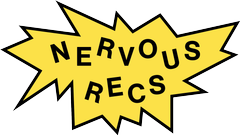Image via Getty
The VICE staff's personally vetted recommendations to help us all survive the very strange time that is coronavirus quarantine.
Advertisement
This level of boredom is, of course, a privilege, one that’s not available to essential workers who face the terrors and tragedies every day of being on the front lines, whether that’s at a grocery store, at a hospital, or clinging to the back of a sanitation truck. Nonetheless, the feelings that confinement brings are real, and can be distressing. When your wings start fluttering too insistently against the cage, there are reliable ways out: drugs, alcohol, sex, meditation, or, in my case, library books, which I’ve been anxiously zooming through on an ancient tablet that freezes every few pages. It’s a relief to collapse into a real, actual, flesh-and-paper book, but my concentration is not, at this moment, particularly strong, and the ability to sit with a non-electronic object seems to be especially difficult.
Advertisement
Advertisement

